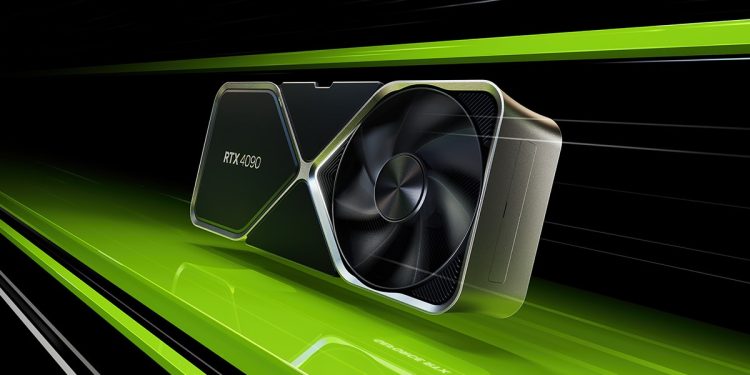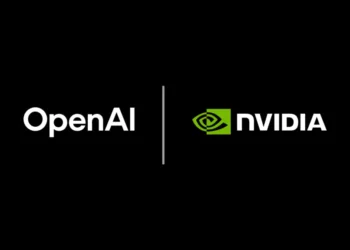Nvidia recently addressed concerns about secret backdoors and kill switches in its GPUs, emphasizing that none exist in its products. This matters because questions arose after the US lifted export restrictions on Nvidia’s H20 AI processors, and China’s Cyberspace Administration summoned Nvidia to explain whether these chips had any hidden access points.
David Reber Jr., Nvidia’s chief security officer, wrote a blog post titled “No Backdoors. No Kill Switches. No Spyware.” He made it clear: “Nvidia GPUs do not and should not have kill switches and backdoors.“ The conversation partly stems from previous US political suggestions that Nvidia’s chips include tracking devices or remote disable features, which Nvidia strongly rejects.
Reber Jr. explained that some policymakers have proposed hardware kill switches to disable GPUs without users knowing remotely, but there’s no truth to these suspicions. Nvidia also highlighted why such secret backdoors are a bad idea. Imagine buying a car and learning the dealership holds a remote control for your parking brake, would you feel comfortable? Probably not. The company warns that secret controls could harm America’s economic and national security interests and create vulnerabilities that hackers could exploit.
Concerns intensified after the unexpected release of DeepSeek R1, a China-based AI model trained on Nvidia’s A100 and H800 GPUs. This fueled calls for backdoors to prevent potential misuse, but Nvidia counters that stopping sales to China would only push them to develop their GPUs, resulting in lost economic benefits for the US and Nvidia itself.
In short, Nvidia insists that there are no hidden ways to spy on or disable their GPUs remotely. They want users and governments to know their chips are built without secret access points or spyware. That kind of trust matters, especially when AI technology is evolving fast and global tensions are high.




















